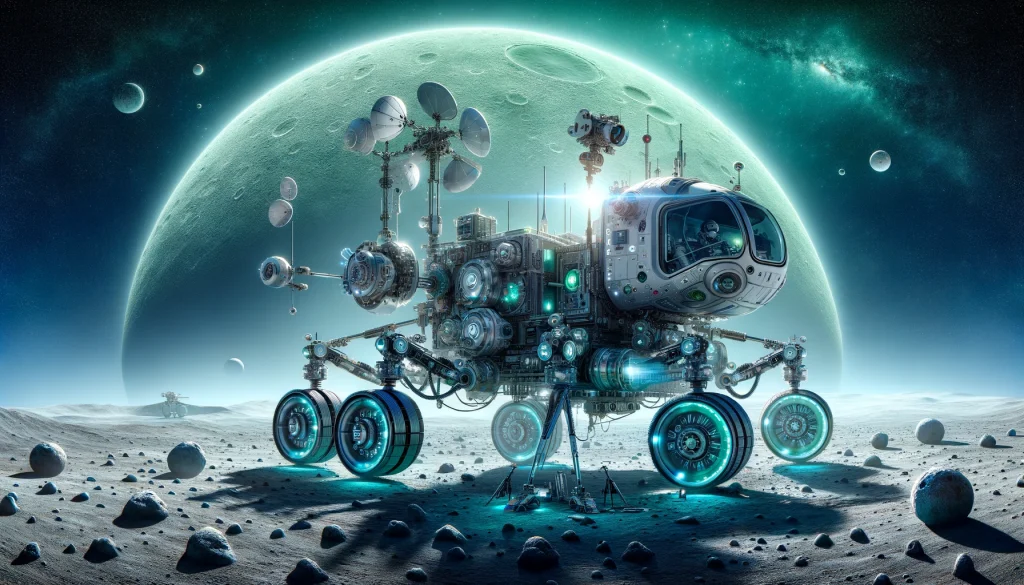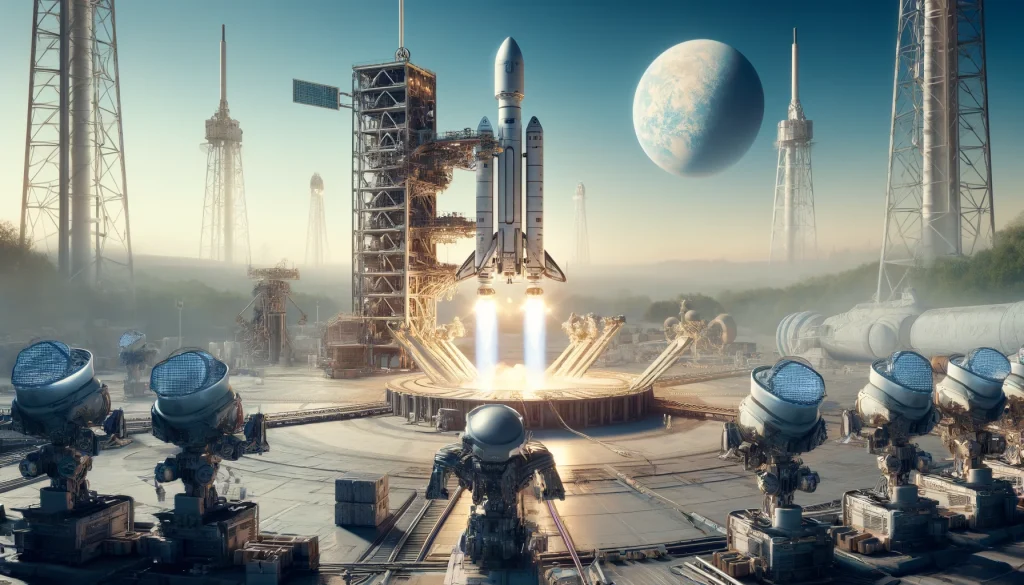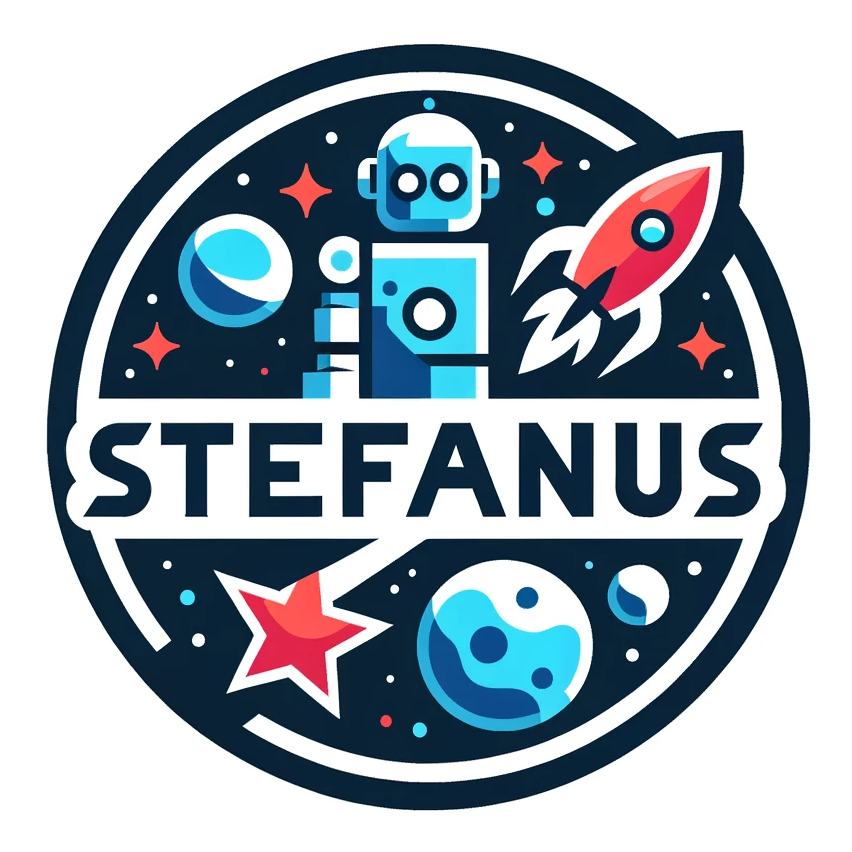Space exploration has traditionally been conducted via missions that either travel to outer space on a one-way flight, or involve round trips to Earth. However, recent advancements in artificial intelligence have paved the way for the development of a new kind of space vehicle. This innovative vehicle, known as an interlander, is capable of landing on a moon as well as multiple planets during a single mission.

The interlander is specifically designed to execute soft landings at designated sites on lunar or planetary surfaces and perform detailed scientific analyses on-site. It is equipped with a variety of scientific payloads to conduct experiments directly on the planet’s surface, enhancing our understanding of these distant worlds.
Operated entirely by robotic systems, the interlander supports a range of functions from transporting small laboratories and scientific instruments to collecting samples and capturing detailed imagery and measurements. This automation not only increases the mission’s reliability but also significantly reduces the risk to human life in case of mission failure.

One of the key benefits of using an interlander is the substantial cost savings it offers. By traveling directly between celestial bodies without the need to return to Earth, the interlander minimizes the expense and complexity associated with re-entering Earth’s space systems. Additionally, this approach helps prevent the potential contamination of Earth with unknown extraterrestrial chemicals. The time saved by not returning to Earth allows researchers to conduct quicker comparative analyses between planets, accelerating the pace of space science. This efficiency and safety make the interlander a revolutionary tool in the field of space exploration.
